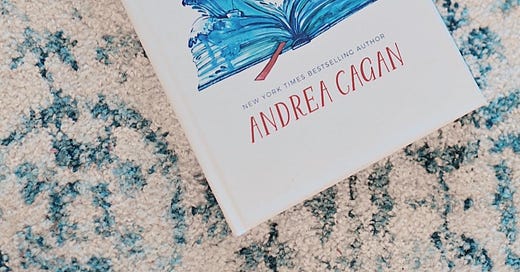I long to accomplish a great and noble task, but it is my chief duty to accomplish small tasks as if they were great and noble.
- - - Helen Keller
When an interview session is over, it’s time to go home and start transcribing the tapes. It’s tedious, so much so, I call it “doing the floors and windows” in the literary world. But it has to be done. My dubious attitude about this phase of the memoir comes partly from the fact that I’m a mediocre typist. I didn't study it in school so I can't type as quickly and efficiently as some people I know. I have to keep pressing the delete button (I’m doing it right now). I’d prefer to farm the tapes out and have someone else transcribe them, someone who types like the wind. But it’s out of the question for a couple of reasons.
First of all, there’s the confidentiality factor. Even if a professional transcriber signs a contract and agrees to keep the material private, I don’t know who they are or if I can trust them. If they break the contract by talking to the media or trying to make a splash at a dinner party with their inside information, the repercussions can be serious and no matter how you try to contain that kind of breach, it can’t be undone.
Secondly, when I transcribe, I get to study the voice, the rhythms, and the speech patterns of my subject. This helps me write in their voice when the time comes. Writing in the first person as if you’re the one speaking is a skill that has to be mastered to be a successful ghostwriter. In fact, it’s one of the most crucial skills that will show the reader whether or not the story is authentic.
Unfortunately ghostwriting and collaborating require a number of unpleasant tasks and transcribing tapes is one of them. You prepare for this phase by studying words and phrases that sound like the client and those that don’t. The first time I took over the voice of a luminary, I felt presumptuous. How could I purport to speak for someone who was so famous and in the public eye? I started and stopped a dozen times, fearful that she would be enraged that I was putting words into her mouth. But when I reluctantly submitted my first chapter, her approval buoyed me and I had permission to keep on going.
When you’re trying to write in someone else’s speech patterns, ask yourself the following questions:
• What words and expressions does he repeat?
• What is the emotional quality behind her words?
• What is his natural rhythm and pacing?
• Does she use short sentences or long ones?
• Does he run on with his thoughts?
• Is she forthcoming or hesitant to tell her stories?
• Does he ask questions when he speaks?
• Does she use flowery descriptions?
• Is he terse?
• Does she speak off the cuff?
• Is his style smooth or choppy, does she speak quickly or slowly, and does he use complete sentences or partial ones?
I determine all of these things during the monotonous transcription phase. Years ago, when I began transcribing, there wasn’t any electronic help. I had a desktop device like paralegals used, with a separate floor attachment that I worked with my feet to move the tape forward and backward while I typed. It was large, heavy and awkward and I had to stock up on external mini-cassette tapes that sometimes unwound and tore during the playbacks.
When the first voice-to-screen dictation programs came out and I could ditch the external tapes, I marveled that when I spoke the words out loud, they magically appeared on the page. I had to train the sensor to understand my voice and what I was saying and it tended to misspell words. And still, it was a far sight better than rewinding and fast forwarding, constantly switching from keyboard to recorder.
Today, those methods are old hat. There are recorders on our smart phones, on Skype, and there are computerized built-in voice transcription programs that respond to a simple touch of the keyboard. They have become a great deal more accurate as the years have gone by and I don't dread this phase nearly as much as I used to. I’ve accepted the fact that there’s just no way to get around it, so I encourage myself to get through the tapes as accurately and quickly as possible.
Over the years, I’ve found a few ways to combat the stress. I’ve lined up the tapes by dates and gone through them systematically, watching the pile get smaller. Sometimes, if there are a lot of tapes, I might put them in a drawer so I can't see them in bulk and get overwhelmed. Just like the research phase, it’s better to have too much than too little. Once you begin to organize and separate the topics, the material will fall into place and you’ll start to see what is extraneous and what is necessary. It’s always a good feeling to hold pages in your hands that will feed into the book when you start writing.
There isn't much else to say about this phase. It’s a necessary evil but as usual, if you approach it with a good attitude, it will give help you understand who your client is and how she speaks. Then you can begin to fill up the blank page.




Holy kimoly. Thas a lotta work!